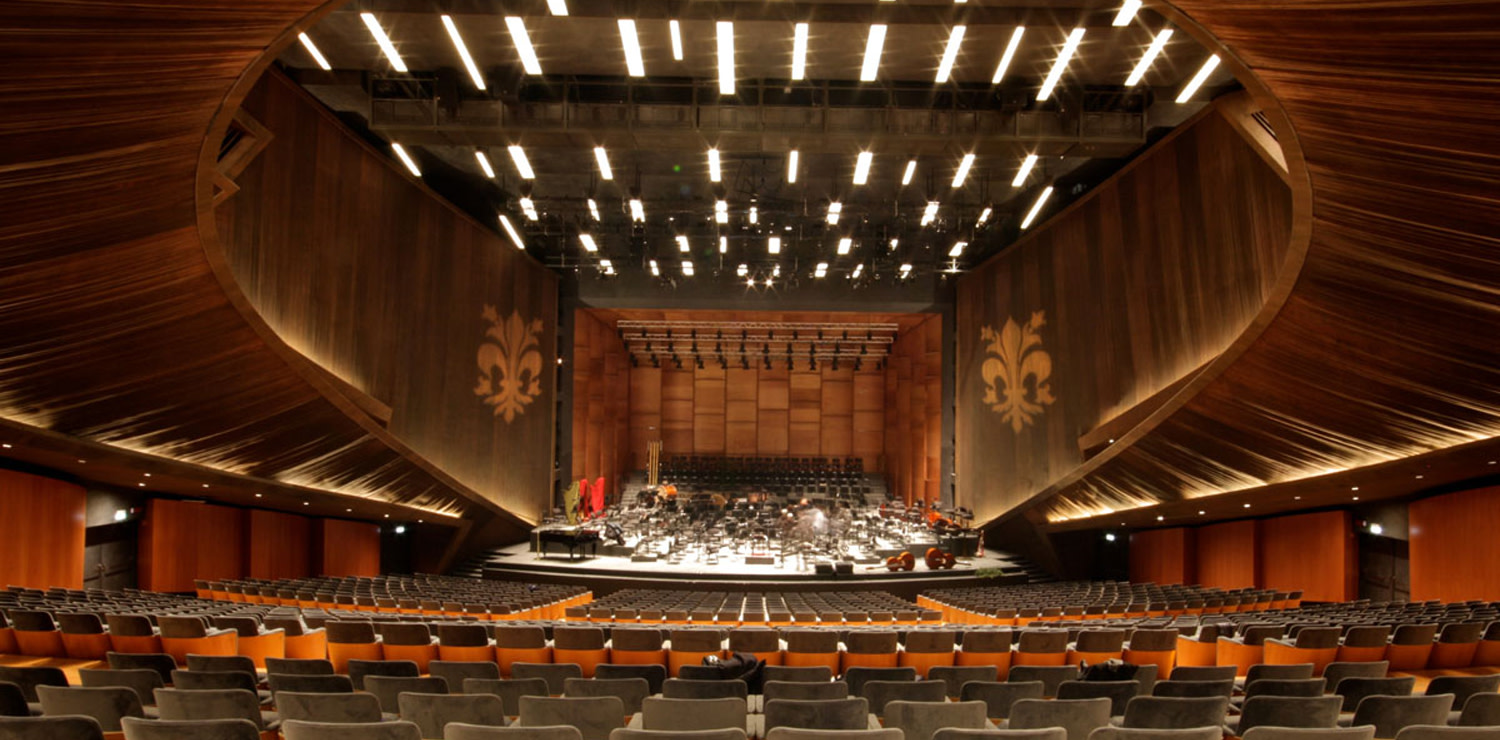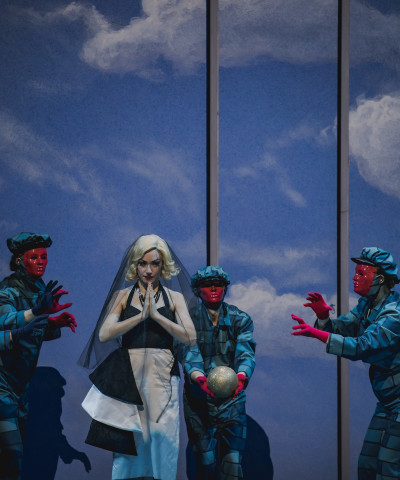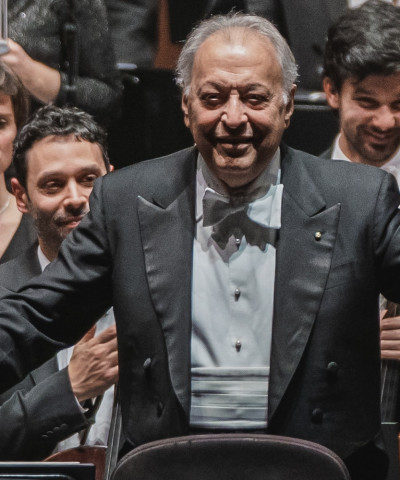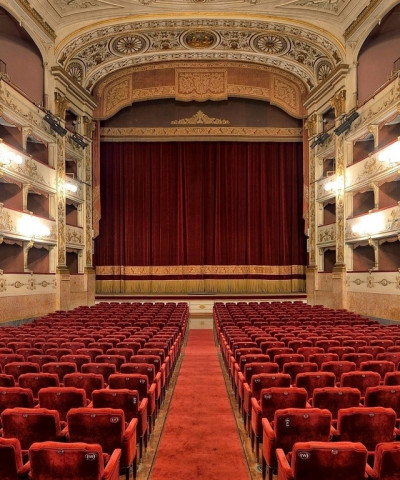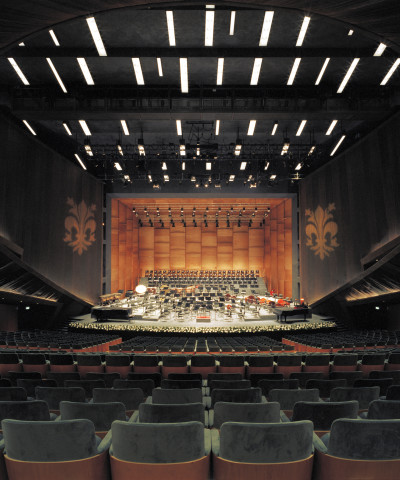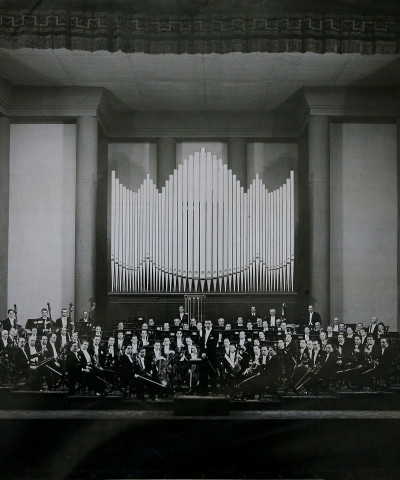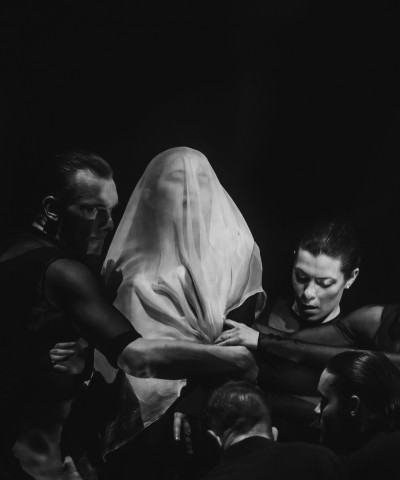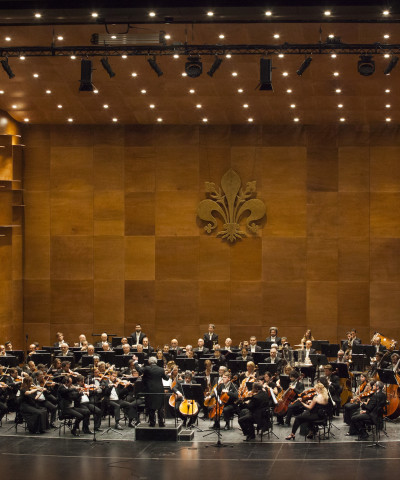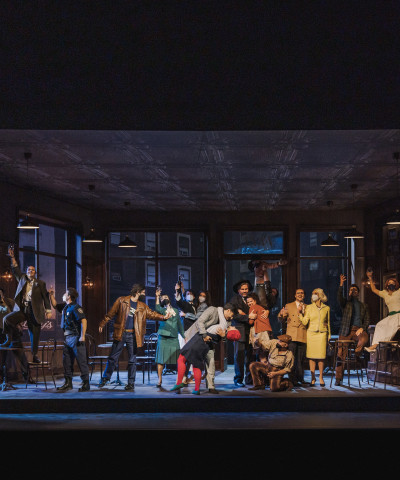Maggio Musicale Fiorentino
A world reference for opera and symphonic music. To live extraordinary theatrical experiences
The Maggio Musicale Fiorentino is in Florence like the Teatro alla Scala in Milan, or La Fenice in Venice.
And yet, this name that has clamorously marked a turning point in the history of opera, born unaware of modern marketing rules today confuses tourists passing through Florence who do not understand whether it is a month, a festival or a theatre.
It's better, then, to make it clear from the beginning that the same name indicates three important connected realities at the same time. Maggio Musicale Fiorentino is the name of the Orchestra and Choir founded in 1928 and since then protagonists of the Florentine opera and symphonic season. It is the most important symphony orchestra in Florence, and one of the most prestigious in Italy and in the world.
It is also the name of the Opera Festival that since 1933 has been held every year in Florence during the month of May, one of the oldest in Europe; and it is also the name of the new Opera House inaugurated in 2016, which stands out, imposing, with its modern architecture, in front of the Cascine Park, next to the Stazione Leopolda. Before 2016, operas and concerts were held at the Teatro Comunale, a theatre built at the end of the nineteenth century that soon proved inadequate, especially in terms of acoustics, for the high performance and high level of the productions of the Maggio Musicale Fiorentino.
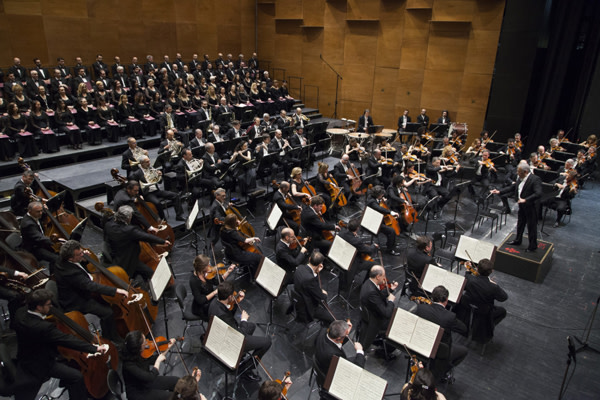 The Maggio Orchestra
The Maggio Orchestra Maggio Musicale Fiorentino Theatre
The new Maggio Musicale Fiorentino theatre, an ideal link between the perfection of Florence's historic centre and the natural beauty of the Parco delle Cascine, is one of the most avant-garde theatres in Europe. From the logistic point of view it is equipped with 3 halls that can operate simultaneously with a capacity of 5000 spectators. The Great Hall where the operas and symphonic concerts take place has 1800 seats, that of the Auditorium only for concerts of 1000. On the roof the Cavea with 2000 seats in the open air opens onto a breathtaking view of the city.
 The Maggio Orchestra
The Maggio Orchestra The Great Hall boasts a design of great charm, which also ensures maximum comfort. The design was carried out taking into account the desire to break down as many barriers and distances between the stage and the audience. The stages, for example, were conceived within an architectural wave without the traditional parapets. From every point the stage always appears close and the visibility is excellent. But the flagship of the Florentine Opera House is the acoustics: the result of studies by the German team Mueller-BBM, it is extraordinary, starting from the walls covered in pear wood. It is a bit as if the Great Hall were a huge musical instrument inside which sound is distributed evenly and without distortion thanks to a dense network of thin copper chains.
The stage is twice as deep as the average of Italian and foreign theatres and can accommodate up to two sets that can be set in motion during the intervals.
On the calendar there are operas, symphonic concerts and ballets, while in summer the Cavea also hosts rock concerts at the same time, in a truly extraordinary mix of theatrical experiences that are absolutely worth doing.






